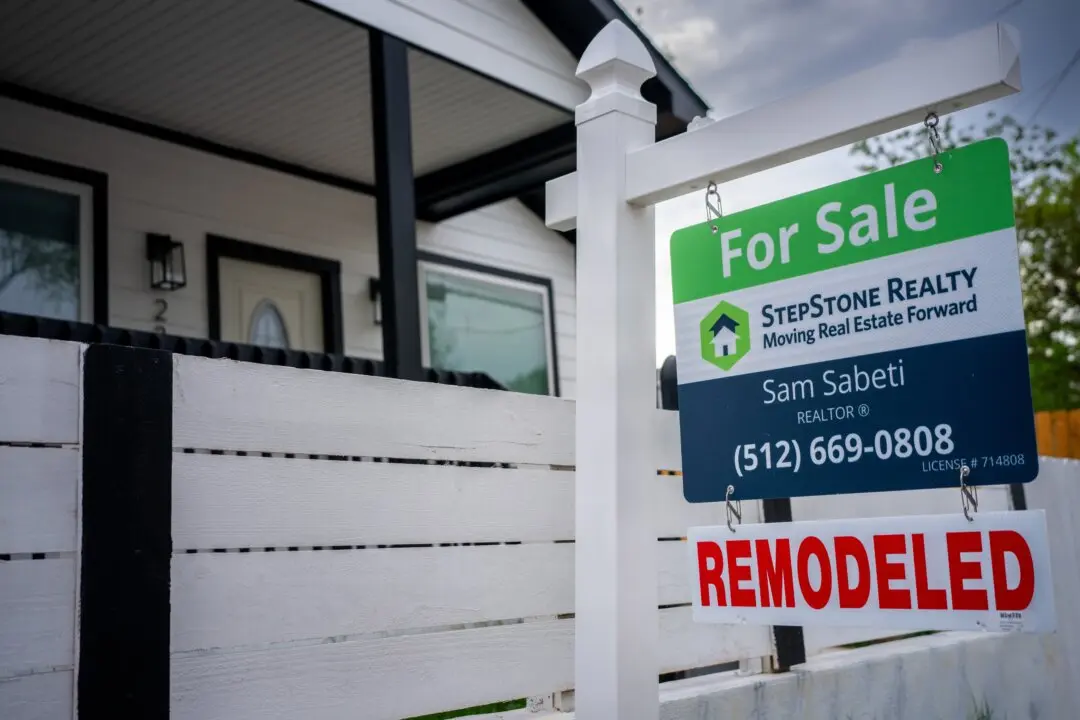Less than a month before the election, Americans have witnessed a stream of cautionary tales regarding the unprecedented expansion of mail-in voting this year.
Ballots have been lost or unexpectedly found, destroyed or discarded, delivered to wrong addresses, or have returned undeliverable. Even when safely delivered to election authorities, many ballots end up rejected.





